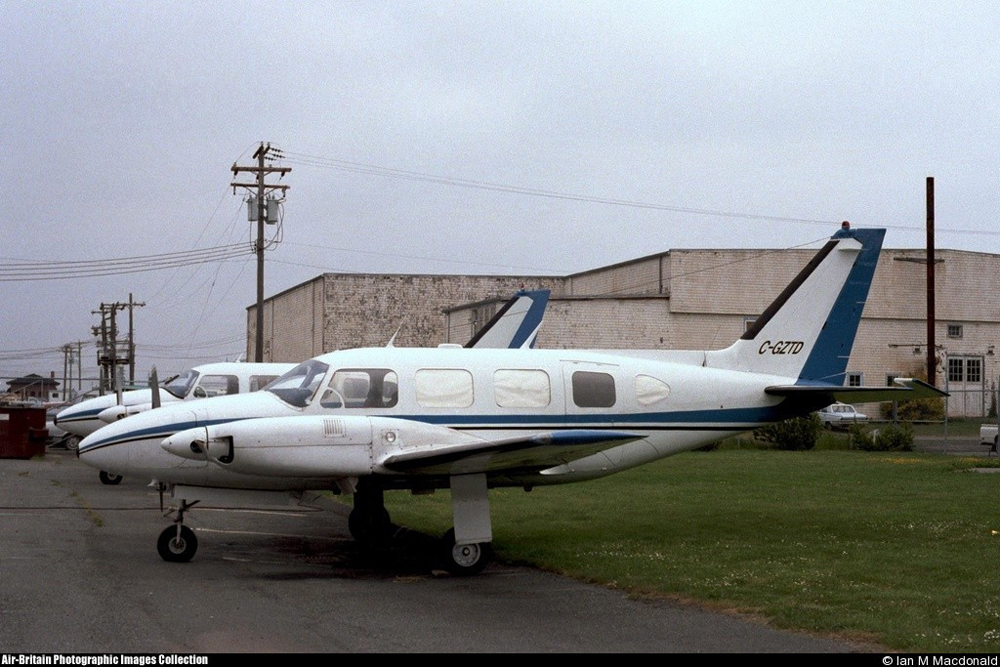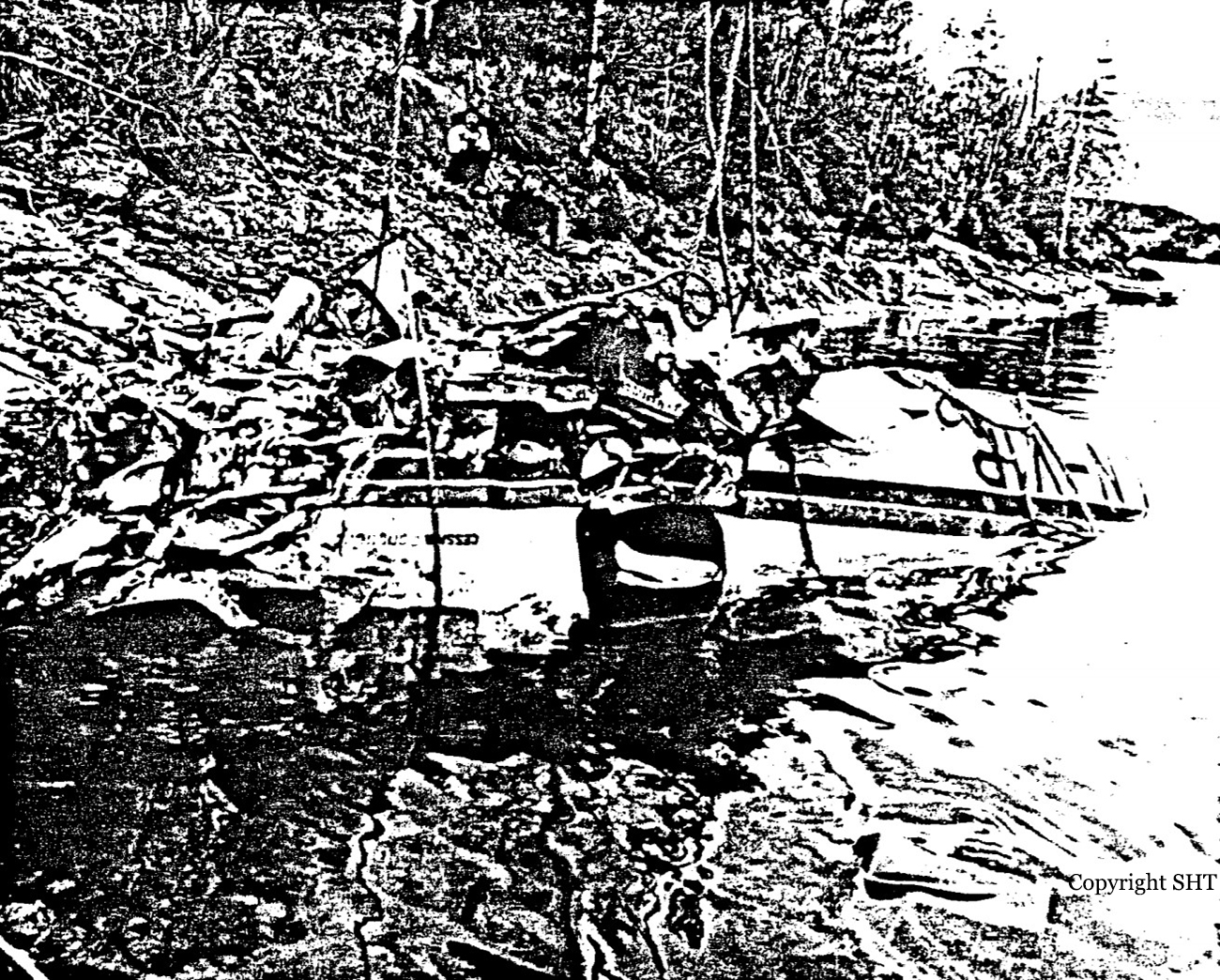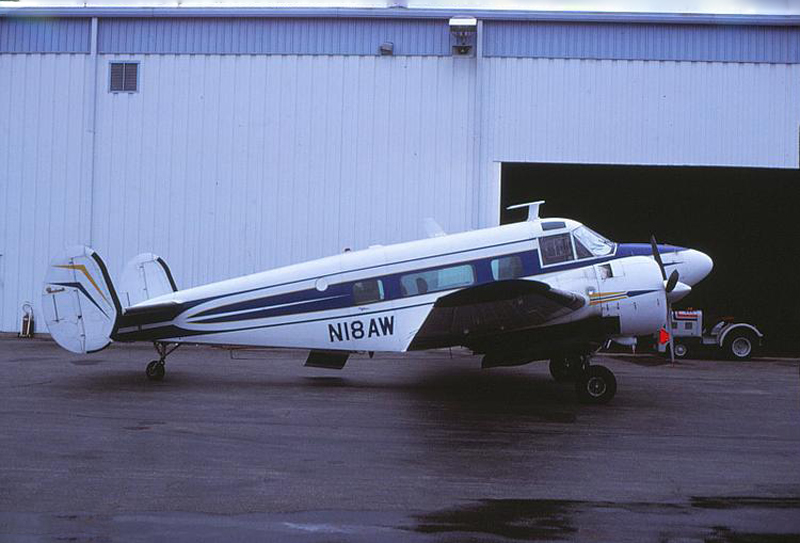Crash of a Piper PA-31-310 Navajo in Castlegar: 1 killed
Date & Time:
Dec 3, 1985
Registration:
C-GZTD
Survivors:
No
Schedule:
Victoria – Castlegar
MSN:
31-202
YOM:
1968
Crew on board:
1
Crew fatalities:
Pax on board:
0
Pax fatalities:
Other fatalities:
Total fatalities:
1
Circumstances:
The pilot, sole on board, was completing a positioning flight from Victoria to Castlegar-West Kootenay Airport. On final, the twin engine airplane struck trees and crashed in a wooded area located on Mt Sentinel, few km from the airfield. The aircraft was destroyed and the pilot was killed.








